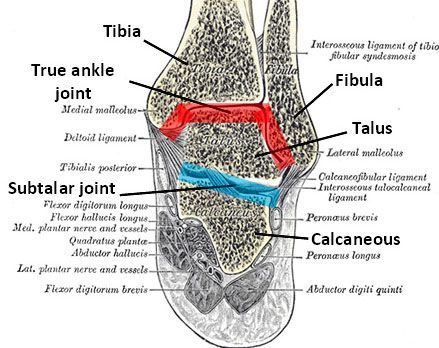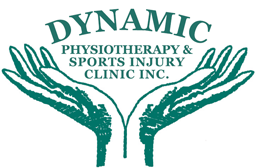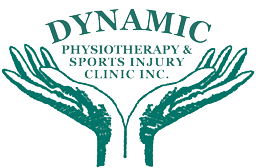Patellofemoral Syndrome (Patellofemoral Tracking Disorder)
Patellofemoral Tracking Disorder
Patellofemoral syndrome describes various painful degenerative changes to the articular cartilage at the underside of the patella. The patella is a bone that covers the front of the knee and is surrounded by tendons to stabilize it to the knee. The patella cartilage is the thickest cartilage in the human body. Designed to be almost frictionless, it would be somewhat close to the resistance of being on ice. Cartilage tends to be self-renewing and self-lubricating.
Patellofemoral Syndrome Shows Up As Changes Under The Patella (Kneecap) & Symptoms Are:
- pain in the knee especially when sitting and knees bent, squatting, jumping up or using the stairs (especially going down stairs).
- The knee could possibly buckle or unexpectedly give way and won’t support the body weight.

Treatment Of Patellofemoral Syndrome
- Treatment would initially focus on reducing pain, inflammation and swelling that may have occurred in and around the patella (kneecap).
- Specific exercises to strengthen the quadricep muscles and restoring balance in the muscles surrounding the knee.
- Improve range of motion of knee and to restrict any offending activity.
- Proper footwear is also very important for individuals with patellofemoral syndrome. The physiotherapist can evaluate your biomechanics and gait and recommend custom made foot orthotics with a good supportive shoe. Custom made foot orthotics benefit often by returning the subtalar joint (ankle joint) to nearly neutral position, thereby reducing foot pronation (flat foot) and decreasing the rotational forces in the tibia that affect tracking of the patella during movement.
- A soft knee brace may be recommended to control the tracking position of the patella and restrict full knee flexion or bending.

